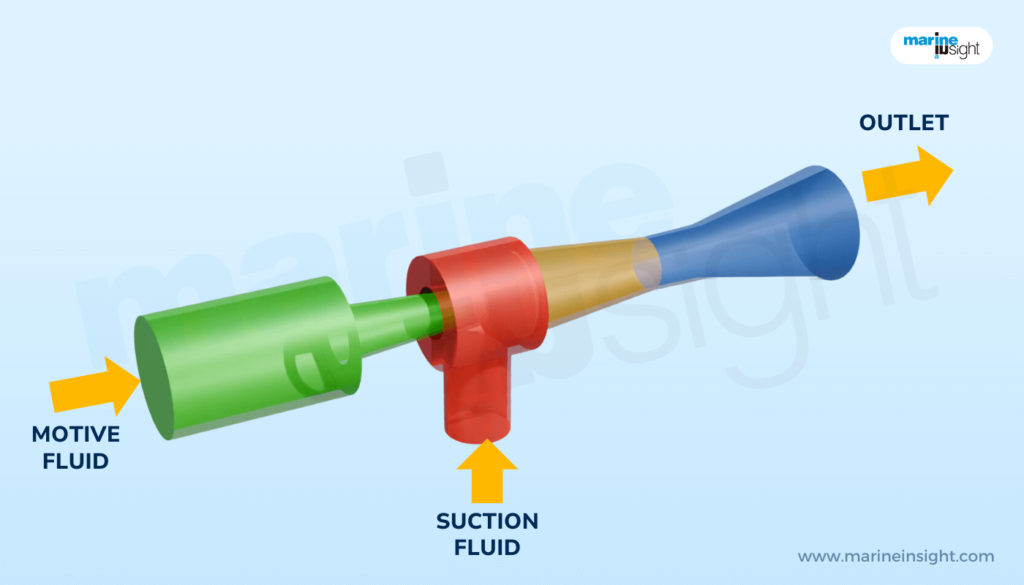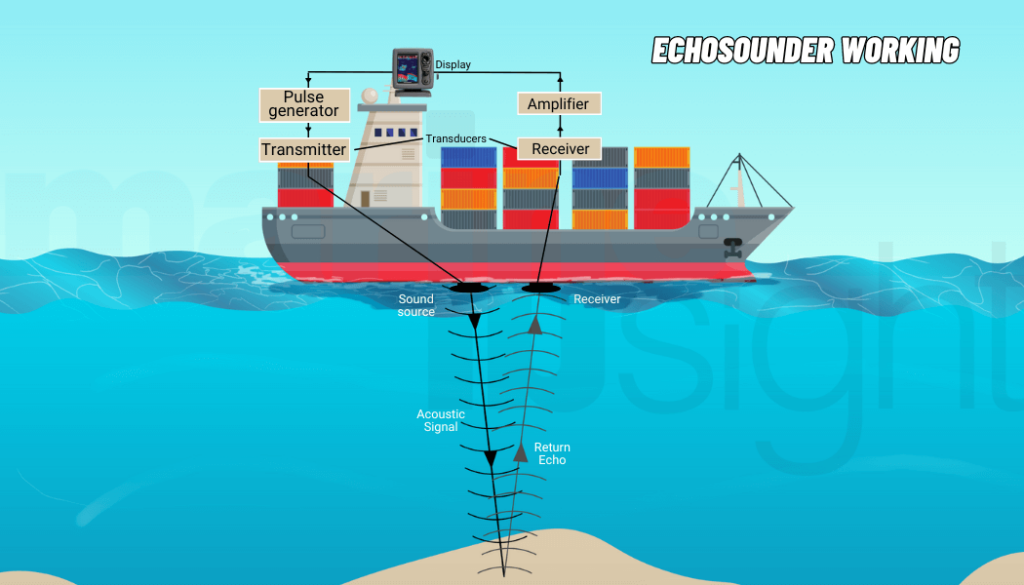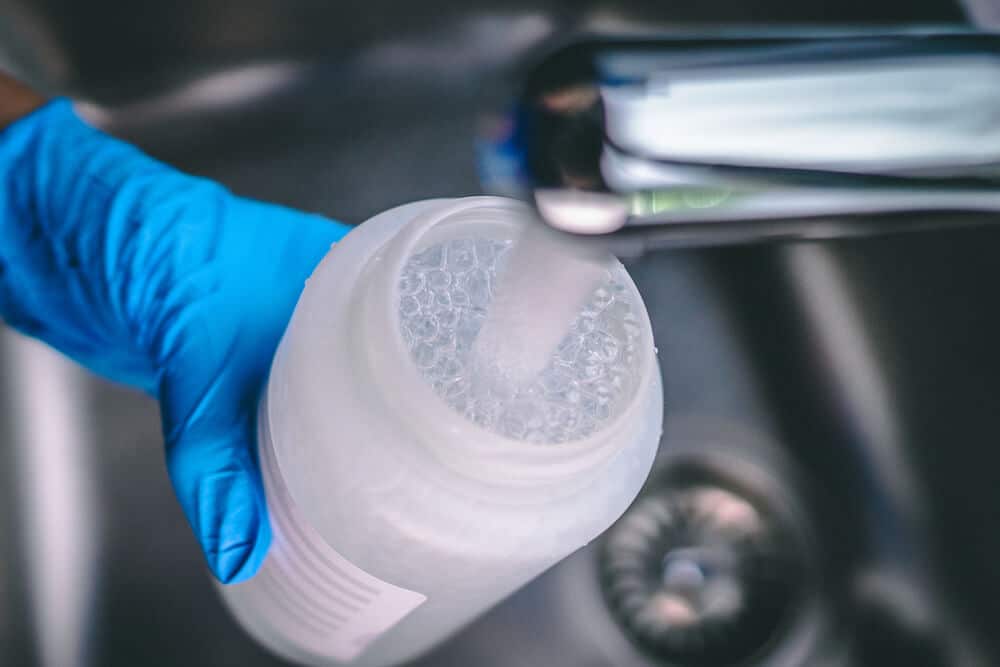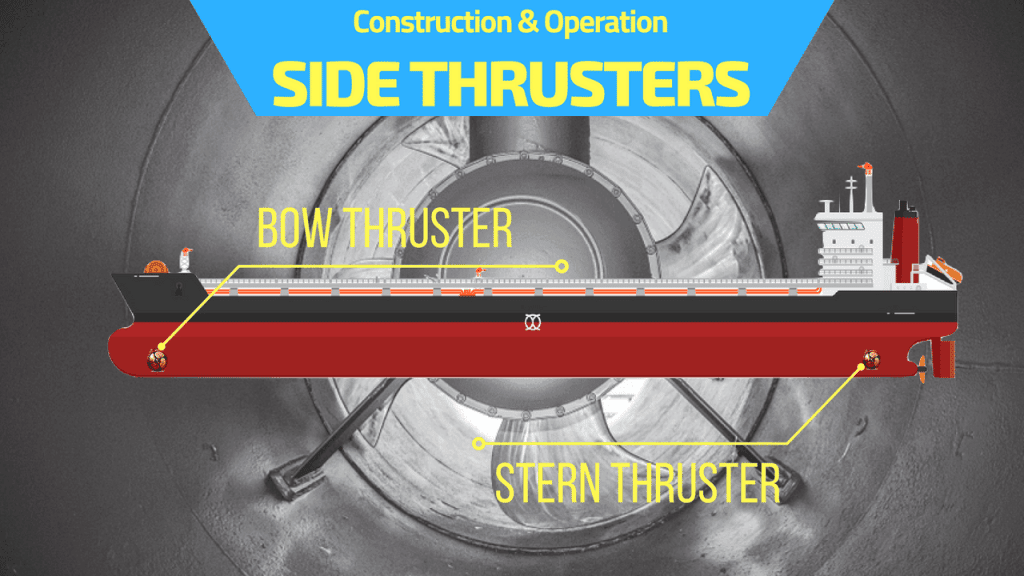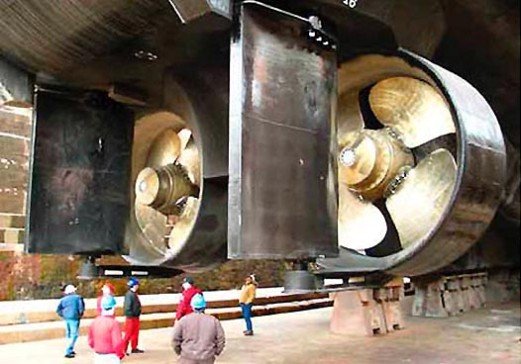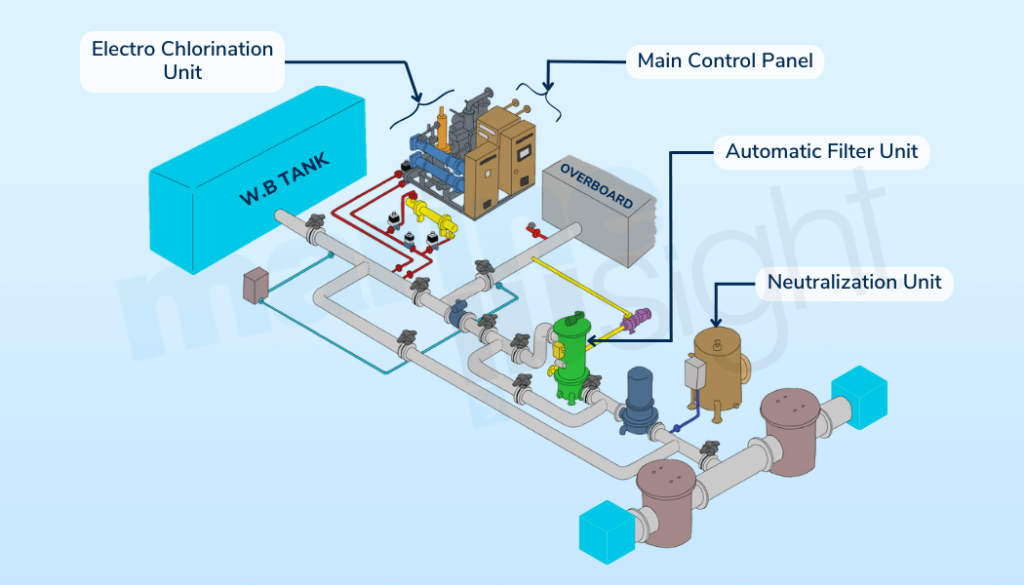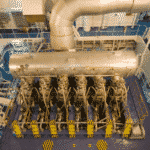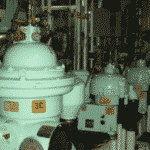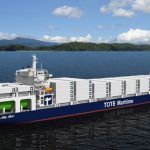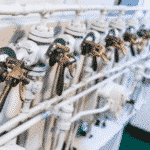10 Things A Marine Engineer Should Check In A Lab Analysis Report Of Fuel Oil
Every seafarer is familiar with the term bunkering and has either participated in or at least seen the operation of bunkering whilst he or she is on board. They may have also seen samples collected from the bunker manifold through drip sampling. Taking four samples is the norm, 1 for the supplier, 1 for MARPOL, 1 for the ship and 1 for lab analysis.
Shipping companies have a tie-up with bunker sample analysing labs, and the labs provide ships with a sampling kit. Using the kit, samples are collected and sent to the laboratory for testing. Most of the time, only heavy fuel oil samples are sent to shore for analysis, but I have also seen on a couple of ships where we were sending MGO samples. The sample analysis is sent back to the ship in about 3-4 days.
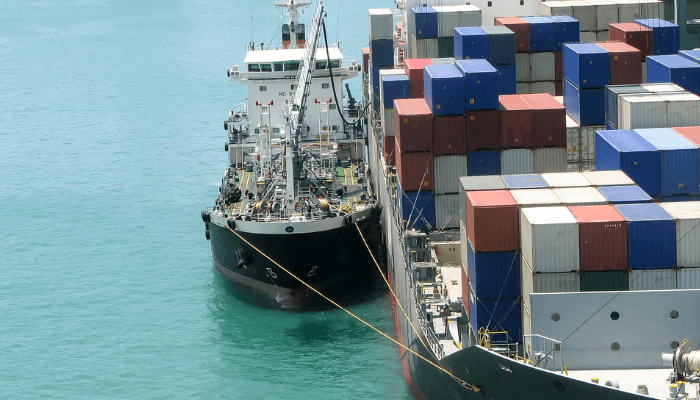
When I was a junior engineer and even up to fourth I never really paid much attention to the lab analysis. I used to check the density of the fuel to adjust the gravity disc of my purifiers accordingly. But there is a lot more to these analyses than just that. A lot of problems are created, because of improper treatment of fuel, and these can be avoided by paying attention to the lab analysis.
Given below are 10 points marine engineers must check in the fuel oil testing report.
Density: The supplier, on completion of bunkering, gives a BDN( bunker delivery note), which has the density mentioned on it, but this is basically to determine the weight of fuel delivered, it might not be very accurate. The correct density is required for changing the gravity disc of the purifiers, to ensure correct purification. This is not required in the newer purification systems as they do not have a gravity disc.
Viscosity: HFO used to burn in marine engines has a viscosity of 380 cst, and for IFO it’s 180cst(This is at 50 deg centigrade). Generally, the viscosity required for combustion is between 13-15cst. But it can be different for different engines. In most ships, the viscotherm is automated, which means it continuously monitors the viscosity of the fuel going to the engine and accordingly regulates the temperature. However, in older ships, the viscosity is regulated manually, and in such cases, it is required to know the right temp to maintain viscosity. Most labs give a chart which will show different temperatures for different viscosity.
Water %: Fuel with high water content will burn less efficiently as the calorific value is reduced. The high amount of water in fuel is quite troublesome if the fuel is going to be kept for a long time in a bunker tank. Over a period of time, the water will settle at the bottom and cause problems while transferring. It would be good to start heating right from the start after bunkering, also when it is in the settling tank, it has to be drained very often. Also, be ready for sludge tanks getting filled up.
Carbon residue: It is the amount of carbon remaining when the fuel sample is completely burnt. It indicates the quality of the fuel. A higher carbon residue value means more deposits on piston land and fuel valve tips. It also means fuel oil has poor ignition quality, which causes ignition delay after burning. Avoid low-load operation when using such fuel. Or if have to run on low load as most ships are now being run on lower rpm, the main engine is to be run at high load for at least 1 to 2 hours. Also, more emphasis on proper fuel treatment.
Sulphur content: The most important value to be checked, for MARPOL regulations, especially when sailing in ECA areas. As of 1st January 2015, the sulphur content for fuel on ships sailing in the ECA area is 0.10% m/m. Also, it’s necessary to check sulphur content in the new intelligent engines, where the cylinder lubrication is done exactly as per the sulphur content of the fuel in use. High sulphur content leads to cold corrosion, so the jacket water temperature is to be maintained on the higher side, especially in standstill conditions.
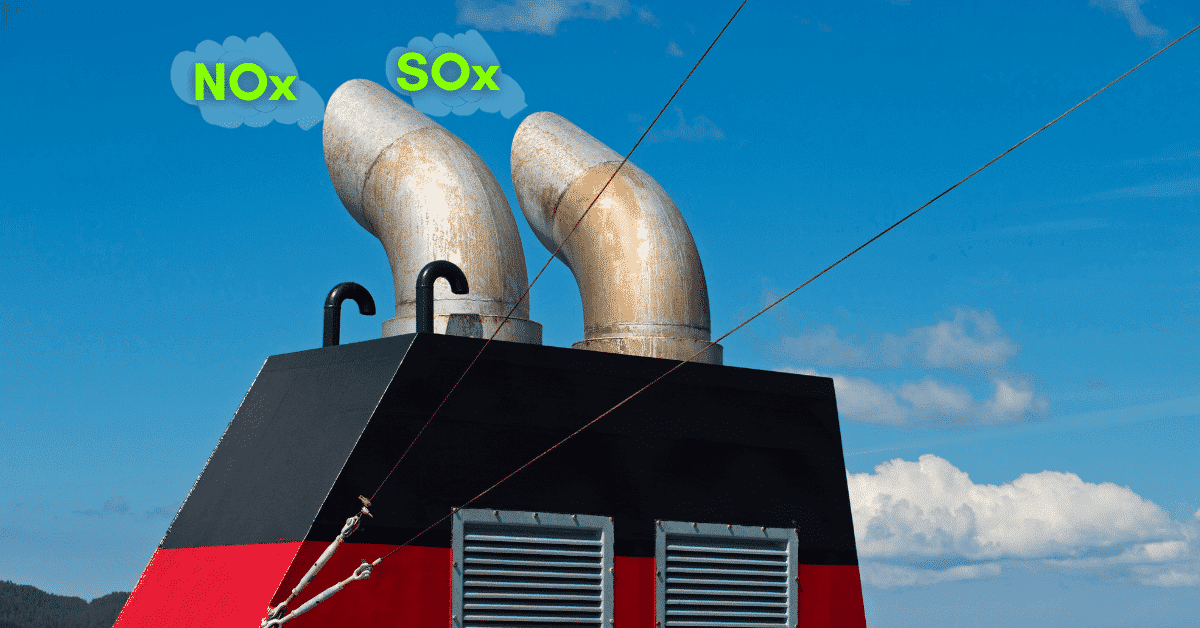
Vanadium and Sodium %: Vanadium is a metallic element found in crude oil. When it combines with sodium in the ratio of 3:1, it forms a low melting point compound which causes high-temperature corrosion and the formation of localised hot spots. This leads to the burning away of exhaust valves, seats and piston crowns. Although removing vanadium is difficult, it’s easier to remove sodium via purification and heating.
Another method of reducing high-temperature corrosion is by keeping exhaust valves and seats cool, but again you cannot reduce jacket cooling water temperature too much, or it will lead to cold corrosion. Maintaining turbochargers and scavenge manifolds in good condition will help reduce the effects of high-temperature corrosion as it leads to better scavenging, so automatically, the cylinder remains cooler.
Aluminium and silicon%: These are more commonly known as catfines and are elements that remain in the fuel after catalytic cracking. These are tough small abrasive particles that are very difficult to remove. They can cause damage to the surfaces of the plunger and barrel of fuel pumps, cylinder liners and fuel valves. Their concentration can be reduced by running purifiers with very low throughput. Also, a high concentration of catfines means your auto backwash filter will get choked frequently. If your ship has a history of bunkering fuel with high catfines, once a year, it is better to drain and clean the fuel oil service tank thoroughly.
Flash point: The flash point of all fuels used in the engine room should have a flash point greater than or equal to 60. This information will be presented by the supplier before bunkering, but it is always better to confirm this from the lab analysis.
Pour point: The pour point is the minimum temperature at which a liquid ceases to flow. For pumping and handling purposes it is always good to know the minimum temperature to be maintained.
CCAI: Calculated carbon aromaticity index is an indication of the ignition quality of the fuel. Values above 870 are not recommended for most types of fuels.
Also, check if the fuel is compliant with the standards set as per ISO 8217
The above are the major points to be considered before using the newly bunkered fuel oil. In addition to this, labs may also conduct further additional tests such as total sediment, or for lead, phosphorous, calcium and zinc, which are indicators of the presence of waste lubricating oil, which sometimes may be added to the fuel.
A laboratory analysis is an excellent tool to give us an indication of the quality of fuel bunkered. Proper handling and treatment of fuel oil is not only good for the engine but also gives us peace of mind during a voyage.
Always keep all equipment involved in the transfer and handling of fuel in good condition. Auto backwash filters are to be cleaned regularly and never in any condition to be bypassed.
Thank you, and please feel free to add your valuable comments.
You might also like to read:
- What Are Bunker Ships?
- How To Reduce Bunker Spend Of Your Ships: 9 Important Points
- 15 Practical Tips For Bunkering and Storage of Fuel Oil On Ships
- The Ultimate Guide to Fuel Oil Bunkering Process on Ships
- Bunkering is Dangerous: Procedure for Bunkering Operation on a Ship
Disclaimer :
The information contained in this website is for general information purposes only. While we endeavour to keep the information up to date and correct, we make no representations or warranties of any kind, express or implied, about the completeness, accuracy, reliability, suitability or availability with respect to the website or the information, products, services, or related graphics contained on the website for any purpose. Any reliance you place on such information is therefore strictly at your own risk.
In no event will we be liable for any loss or damage including without limitation, indirect or consequential loss or damage, or any loss or damage whatsoever arising from loss of data or profits arising out of, or in connection with, the use of this website.
Do you have info to share with us ? Suggest a correction
Disclaimer :
The information contained in this website is for general information purposes only. While we endeavour to keep the information up to date and correct, we make no representations or warranties of any kind, express or implied, about the completeness, accuracy, reliability, suitability or availability with respect to the website or the information, products, services, or related graphics contained on the website for any purpose. Any reliance you place on such information is therefore strictly at your own risk.
In no event will we be liable for any loss or damage including without limitation, indirect or consequential loss or damage, or any loss or damage whatsoever arising from loss of data or profits arising out of, or in connection with, the use of this website.
Latest Marine Technology Articles You Would Like:
- 10 Harmful Effects Of Impure Air On Ship’s Machinery
- 10 Important Things to Check While Starting Fuel Oil Purifier on Ships
- 10 Noteworthy LNG-Powered Vessels
- 10 Points for Efficient Turbocharger Operation On Ships
- 10 Practical Tips to Handle Engine Room Pumps
- 10 Precautions to Take Before Operating Controllable Pitch Propeller (CPP) on Ships
Subscribe To Our Newsletters
By subscribing, you agree to our Privacy Policy and may receive occasional deal communications; you can unsubscribe anytime.



